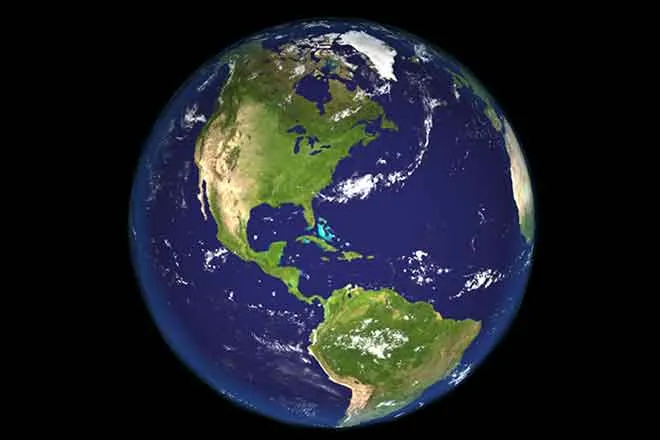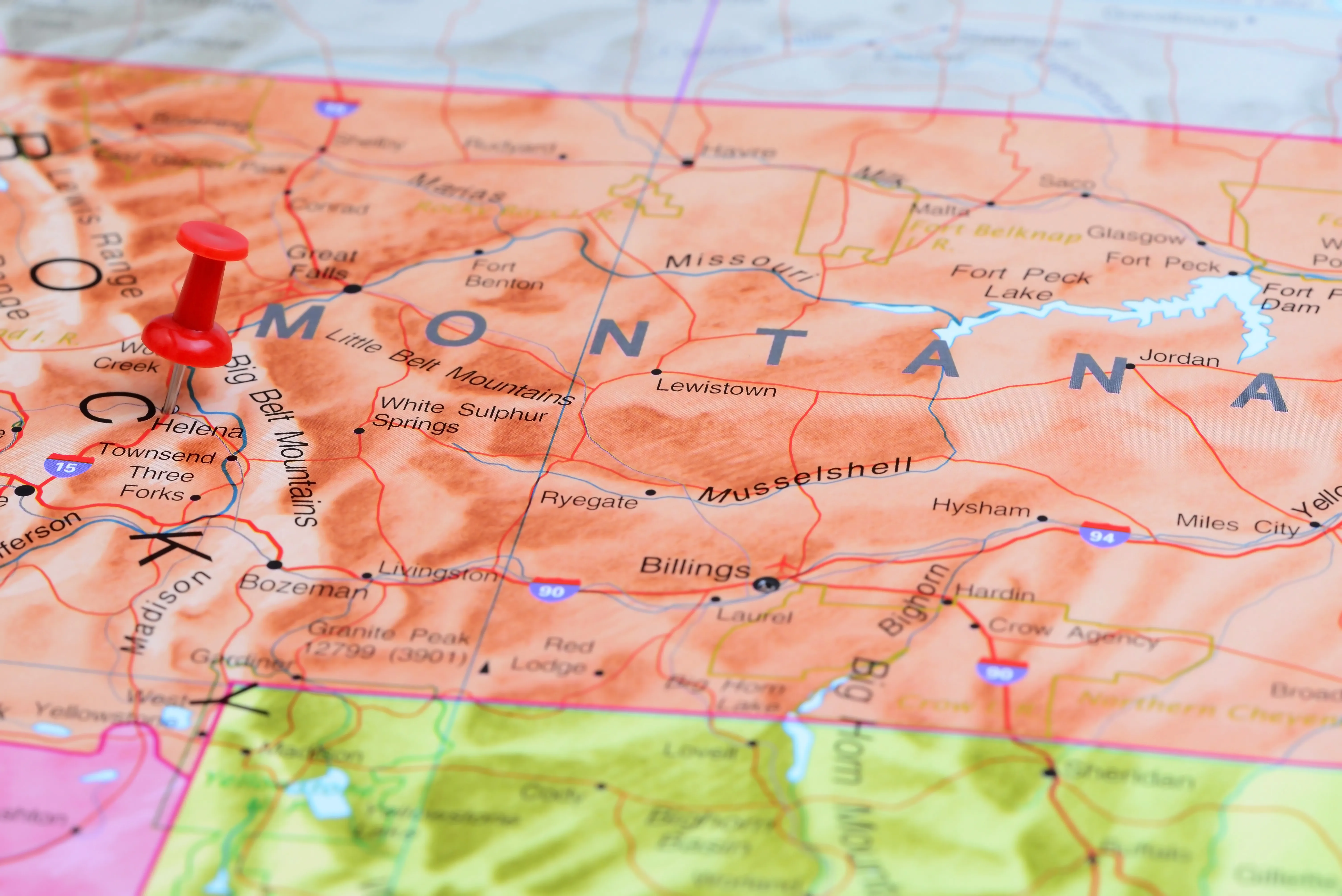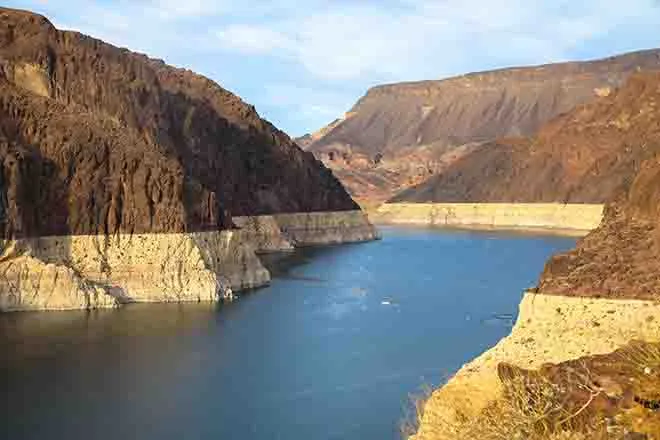
Curious Kids: Why does it take longer to fly from east to west on an airplane?
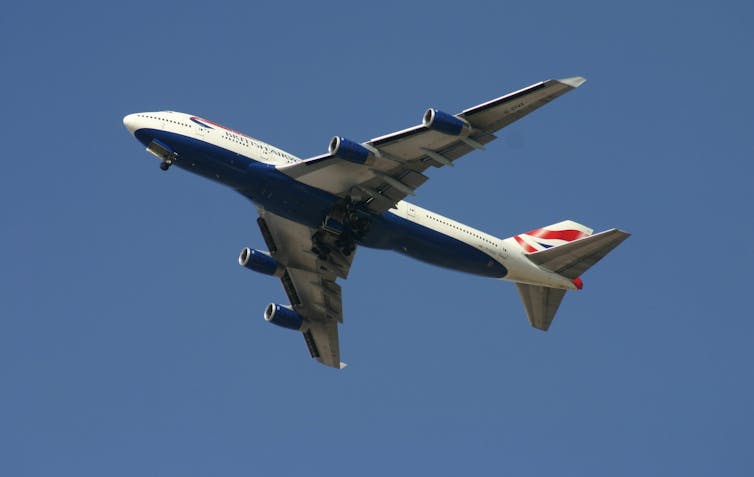
Skip Bailey, University of Nebraska Omaha

Curious Kids is a series for children of all ages. If you have a question you’d like an expert to answer, send it to curiouskidsus@theconversation.com.
Why does it take longer to fly from east to west on an airplane? – Henry D, Age 7, Cambridge, Massachusetts
I am a retired United States Air Force pilot and flight instructor, and a few years ago I was sitting in the cockpit of a Boeing 747 airplane. I was 29,000 feet in the sky, flying from New Jersey to Sacramento, California, and then to Hawaii. It took six hours to fly and land the plane safely in Sacramento. After a few hours in California, I continued to Hawaii,which took almost another five hours of flying. That was 11 total hours of flying.
After enjoying the sunshine in Hawaii, it was time to fly back to New Jersey. This trip went much faster. I didn’t stop in California this time, but flying back only took about eight and a half hours. I was still flying the same airplane, and New Jersey wasn’t any closer to California or Hawaii than it had been a few days before.
So why was my flight to Hawaii, from east to west, so much longer than my flight home?
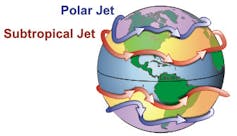
Riding on a river of air
The reason it took so much longer to fly back is the jet stream, a river of fast-moving air high up in the sky.
Jet streams are usually about 100 miles wide. They can be thousands of miles long and are found all over the earth. To be called a jet stream, the wind must be moving faster than 60 mph.
Jet streams generally blow from the west to the east around the Earth, often following a meandering, curved path just like a river on land. The jet stream over the United States never stays in one place – it tends to move farther south and blow stronger in the winter, and to move farther north and not blow as strong in the summer.
So what does this have to do with planes?
Flying into the wind
Airplane pilots measure speed in two different ways. First is airspeed – how fast the wind would feel if you stuck your hand out the window. The second is ground speed – how fast the plane is moving over the ground. When you fly in the jet stream, your airspeed always stays the same, but your ground speed can change a lot because the air around the plane is moving.
On the way to Hawaii, I was flying with an airspeed of 562 mph. But because the jet stream was blowing against my airplane – called a headwind – at 140 mph, I was actually only moving across the ground at 422 mph.
But flying from Hawaii to New Jersey, the jet stream blows from behind the plane and pushes it forward. I was still flying with an airspeed of 562 mph, but the 140 mph tailwind meant that my airplane was moving across the ground at 702 mph.
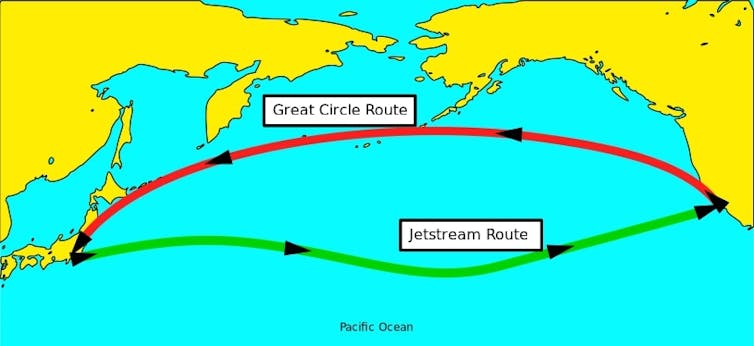
Pilots plan to go fast
When pilots plan the route of their flights, they often use weather forecasts to find where the jet stream is blowing. When they fly from the east to the west, they try to plan their flight so the jet stream isn’t blowing against their airplane and giving them a bad headwind. When they plan their flight from the west to the east, they look for the jet stream and try to fly so it can give them a big tailwind and help them fly faster. A good plan can help conserve fuel too.
The next time you are flying high across the country from east to west, don’t be surprised when it takes a little longer than you expect. But be excited knowing that when you fly back your pilot is probably hitching a ride along the jet stream to get you home fast.
Hello, curious kids! Do you have a question you’d like an expert to answer? Ask an adult to send your question to CuriousKidsUS@theconversation.com. Please tell us your name, age and the city where you live.
And since curiosity has no age limit – adults, let us know what you’re wondering, too. We won’t be able to answer every question, but we will do our best.![]()
Skip Bailey, Aviation Institute Flight Training Coordinator and Instructor, University of Nebraska Omaha
This article is republished from The Conversation under a Creative Commons license. Read the original article.



